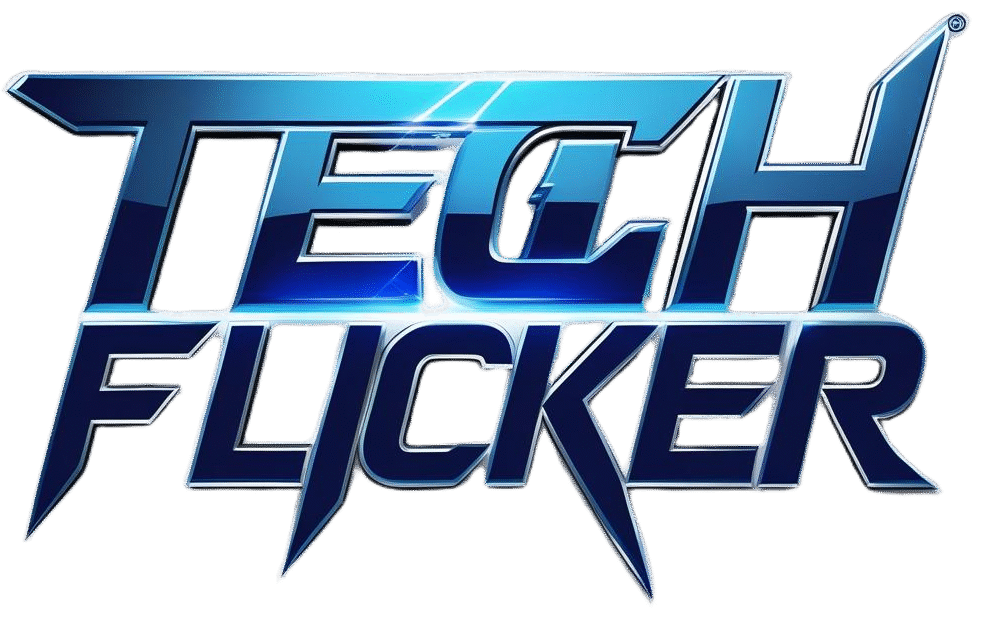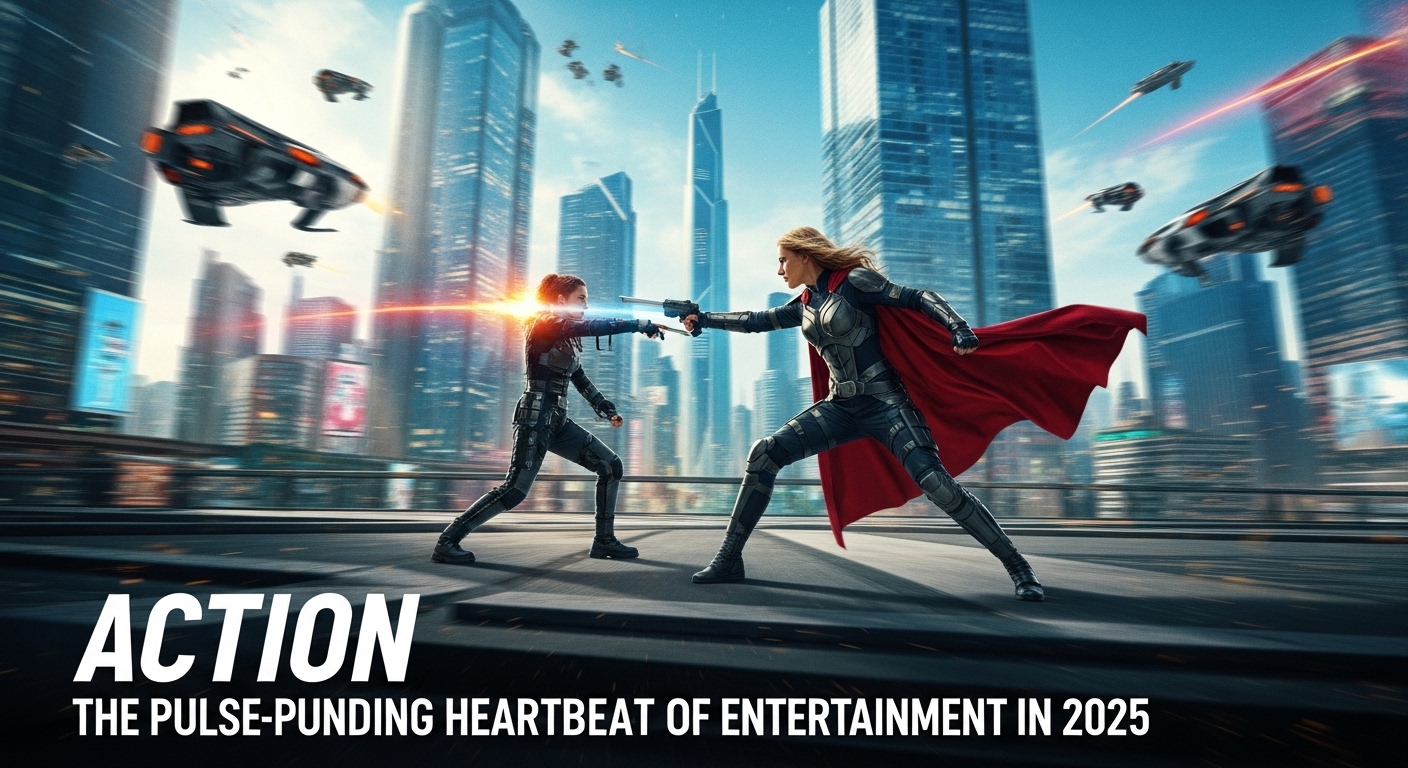From the earliest human stories of heroic battles to the latest blockbuster smashing records, “action” has been a fundamental force in captivating audiences. It’s the thrill of the chase, the tension of a standoff, the visceral impact of a perfectly choreographed fight, and the spectacular explosion that leaves us on the edge of our seats. In Faisalabad, just as everywhere else in the world, the allure of high-stakes, physically driven narratives holds an undeniable appeal, with audiences readily embracing the latest action spectacles on various screens.
What Defines “Action”? A Symphony of Movement and Mayhem
At its core, the action genre prioritizes movement, conflict, and physical confrontation. While often intertwined with other genres like sci-fi, crime, or adventure, pure action distinguishes itself through:
- High Stakes: The protagonist, and often many others, face immediate threats to their survival or the safety of something critically important. Life and death are frequently on the line, creating inherent tension.
- Physical Prowess: Heroes (and often villains) are defined by their extraordinary physical capabilities, whether it’s mastery of martial arts, incredible marksmanship, acrobatic agility, or even superhuman strength.
- Spectacle: Action sequences are meticulously choreographed and visually stunning, designed to thrill and immerse the audience. This includes:
- Chase Sequences: High-speed pursuits involving vehicles, foot chases through complex urban or natural environments.
- Fight Choreography: Intricate hand-to-hand combat, elaborate sword fights, or large-scale brawls, often blending various martial arts styles.
- Shootouts and Explosions: Intense and visually impactful displays of weaponry and pyrotechnics.
- Daring Stunt Work: Practical and often perilous stunts that defy gravity or common sense, pushing the boundaries of what’s physically possible.
- Clear Antagonism: There is usually a distinct villain or opposing force that the hero must overcome, creating a straightforward conflict.
- Ticking Clocks and Deadlines: Often, a time limit is imposed on the hero’s quest, adding urgency and pressure to the narrative.
While storytelling is crucial, the “action” element frequently drives the plot forward, with the narrative unfolding through a series of intense, high-energy set pieces.
A Journey Through Action: From Swashbucklers to AI-Enhanced Heroes
The concept of action in entertainment is as old as storytelling itself, dating back to ancient myths and epics detailing heroic feats. In modern cinema and other media, the action genre has seen significant evolution:
- Early Cinema (1910s-1950s): Early silent films featured comedic physical stunts (Charlie Chaplin, Buster Keaton) and thrilling serials. The “swashbuckler” films of Douglas Fairbanks and Errol Flynn brought heroic sword fighting and daring escapes to the forefront. War films and Westerns also heavily incorporated action elements.
- The Rise of the Spy (1960s): The emergence of James Bond revolutionized the genre, introducing globe-trotting espionage, sophisticated gadgets, and iconic action sequences that blended style with explosive set pieces.
- Gritty Realism and Martial Arts (1970s): The 70s saw a grittier, more grounded approach with films featuring anti-heroes in urban settings (e.g., Dirty Harry). Concurrently, Hong Kong martial arts cinema, spearheaded by Bruce Lee, exploded onto the global scene, influencing fight choreography worldwide.
- The “Golden Age” (1980s): This decade is often considered the peak of the action blockbuster, dominated by muscular, often one-man-army heroes like Arnold Schwarzenegger (Commando, Terminator) and Sylvester Stallone (Rambo, Cobra). Films like Die Hard redefined the confined space thriller.
- CGI and Global Influence (1990s-2000s): The advent of Computer-Generated Imagery (CGI) opened new possibilities for spectacle (Terminator 2: Judgment Day, The Matrix). Hong Kong action cinema continued to influence Hollywood, particularly in intricate fight choreography.
- Superhero Dominance and Revitalization (2010s-Present): The 21st century has seen the rise of superhero films dominating the box office, leveraging massive budgets and CGI for epic, often fantastical, action. Simultaneously, there’s been a revitalization of practical, grounded action with franchises like John Wick and the Mission: Impossible series, emphasizing tangible stunts and expert choreography.
The Impact and Enduring Appeal
The impact of action films and games on popular culture is undeniable:
- Iconic Heroes and Villains: Action creates enduring characters that resonate across generations, becoming benchmarks for bravery, resilience, or cunning.
- Technological Innovation: The demands of the genre constantly push the boundaries of special effects, stunt work, and filmmaking techniques.
- Global Language: The visual and visceral nature of action transcends language barriers, making it universally appealing.
- Inspiration and Escape: Action provides a thrilling escape from reality, allowing audiences to experience heightened danger and triumph from the safety of their seats. It often inspires themes of overcoming adversity and fighting for justice.
The Future of Action in 2025: Pushing Boundaries
Looking ahead from mid-2025, the action genre continues its relentless evolution, embracing new technologies and diverse narratives:
- Blended Realism and CGI: Filmmakers are increasingly combining hyper-realistic practical effects and stunt work with advanced CGI to achieve unprecedented levels of visual authenticity and spectacle. This fusion creates more tangible and believable action sequences.
- AI in Production: Artificial Intelligence is playing a growing role in the creation of action. From AI-assisted storyboarding and script analysis to refining CGI elements and even choreographing complex fight scenes, AI tools are streamlining production and allowing for more ambitious visions. However, human creativity and direction remain paramount.
- Immersive Viewing Experiences: The push for immersion is strong. Higher frame rates (48fps, 120fps) are being explored to make action smoother and more realistic, especially in genres like action and sports. Advances in spatial audio are also redefining how audiences experience the explosive soundscapes of action.
- Diverse Stories and Heroes: The industry is increasingly embracing a wider range of protagonists, including more female leads (e.g., Ballerina from the John Wick universe, set to release in 2025) and heroes from diverse ethnic backgrounds. This reflects a global audience eager for varied perspectives and broadens the appeal of action narratives.
- Franchise Power and Legacy Sequels: 2025 sees a strong lineup of anticipated action sequels and reboots, including Mission: Impossible – The Final Reckoning, Nobody 2, Mortal Kombat II, and new entries in the Predator and Tron franchises. This reliance on established intellectual property ensures built-in fanbases while allowing for new storytelling directions. Even classic action stars like Liam Neeson are returning in new roles, sometimes with a fresh comedic spin.
- Video Game Adaptations Maturity: The quality of action in video game adaptations continues to improve, with films like Mortal Kombat II demonstrating how the intense action choreography of games can translate effectively to the big screen.
The action genre is more than just explosions and fight scenes; it’s a testament to humanity’s fascination with courage, conflict, and the thrill of overcoming impossible odds. As long as there are challenges to face and heroes to root for, action will remain at the pulsating heart of our entertainment landscape, continuously reinventing itself for new generations.

